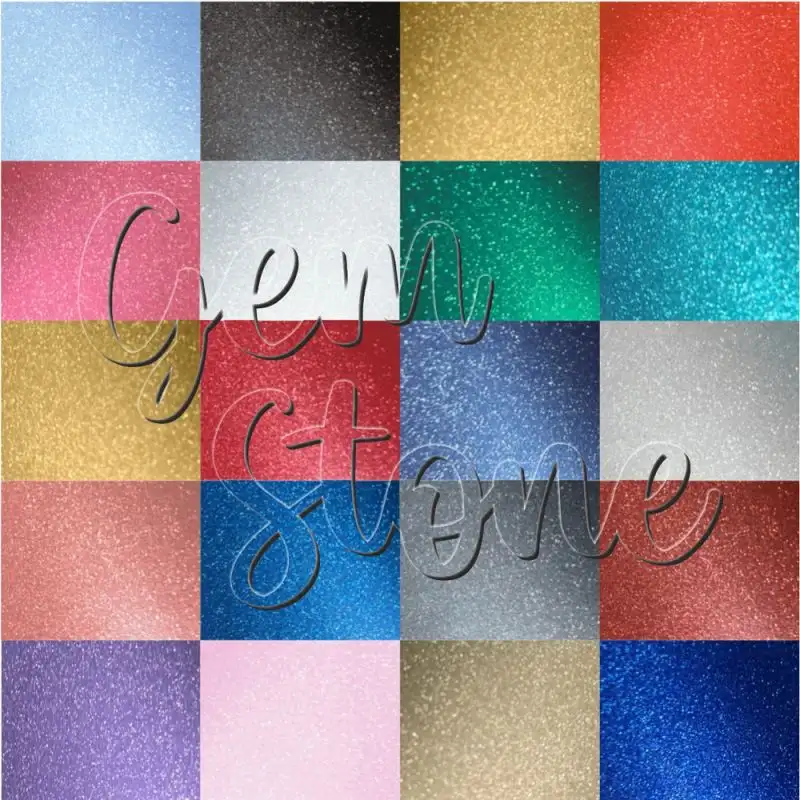In the world of sign-making and graphic design, misconceptions about plotter films can lead to poor material choices, frustrating applications, and disappointing results. At Foil Direct, we believe that understanding the truth about these versatile materials empowers creators to make better decisions and achieve superior outcomes. From durability concerns to application techniques, let's separate fact from fiction and explore the reality behind some of the most common plotter film myths that continue to circulate in workshops and online forums alike.
Myth 1: All Plotter Films Are Essentially the Same
This might be the most pervasive and potentially costly misconception in our industry. The truth is that plotter films vary dramatically in quality, composition, and intended use. Budget-friendly calendered vinyls, created by squeezing PVC resin through rollers, offer an economical solution for short-term flat applications but lack the conformability and longevity of premium cast films. Cast vinyls, formed through a liquid casting process, provide superior durability, flexibility, and resistance to environmental factors. Beyond this fundamental division, films differ in adhesive strength, UV stabilizers, thickness consistency, and finishing coatings. Assuming all films are identical often leads to material failure and costly re-dos.

Myth 2: Thicker Films Are Always More Durable
While it seems logical that thicker material would last longer, durability involves much more than simple thickness. A high-quality plotterfolie, though potentially thinner than some calendered alternatives, will typically outperform them in longevity tests. Durability depends on the material's resistance to UV degradation, its ability to maintain flexibility through temperature changes, the quality of its adhesive system, and its dimensional stability. We've seen thinner cast films outlast thicker calendered options by years because they're engineered with better UV inhibitors and more stable polymer structures. The key isn't thickness alone but the right combination of material science and manufacturing quality for your specific application.
Myth 3: Outdoor Films Work Equally Well on All Exterior Surfaces
Many professionals assume that if a film is rated for outdoor use, it will perform reliably on any exterior surface. Reality is more nuanced. Low-surface-energy plastics like polypropylene (common in automotive bumpers) require specially formulated adhesives that create chemical bonds rather than just physical ones. Textured surfaces demand films with sufficient conformability to make contact with both peaks and valleys. Even the color of the substrate can impact performance—dark surfaces absorb more heat, which can affect how adhesives cure and perform. Understanding these subtleties prevents unexpected failures and ensures graphics remain securely in place.
Myth 4: Premium Films Aren't Worth the Extra Cost
When comparing price tags, it's tempting to opt for budget-friendly options, especially for large projects. However, this short-term saving often leads to higher long-term costs. Premium films typically feature more consistent thickness for reliable cutting, better color retention for lasting vibrancy, and superior adhesives that reduce application time and prevent edge lifting. The time saved during installation alone often justifies the additional material cost. More importantly, the extended lifespan of quality films means replacements are needed less frequently, providing better value over time and protecting your professional reputation with lasting results.
Myth 5: Application Technique Doesn't Change Between Films
Approaching every film with the same application method is a recipe for frustration. Different films respond uniquely to various techniques. Cast films often benefit from heat application to enhance conformability on curves, while excessive heat might cause thinner calendered films to stretch unpredictably. High-tack films require different handling than repositionable options. Even the choice between wet and dry application should be influenced by the specific film's characteristics and the project requirements. Successful installers adapt their techniques to the material, recognizing that each film has its own personality and preferences.

Myth 6: Digital Printing Has Made Cut Vinyl Obsolete
While digital printing has expanded creative possibilities, it hasn't rendered cut vinyl obsolete. Each technology serves different purposes. Cut vinyl provides superior color consistency and opacity, especially for solid colors and simple graphics. It doesn't require color matching or risk printer banding. For outdoor applications, a solid vinyl color typically lasts longer than most printed inks. Many professionals use both technologies together—printing complex images while using cut vinyl for text and logos to ensure crisp, durable elements. Rather than being competing technologies, they're complementary tools in a complete graphics toolkit.
Myth 7: Removing Old Graphics Always Damages Surfaces
The fear of surface damage during removal causes some to avoid vinyl graphics altogether. While this concern was valid with older adhesive technologies, modern high-quality films are designed with removable options and advanced adhesive systems that maintain their integrity for easy removal. The key is selecting the right film for the project duration and understanding proper removal techniques. Most quality films can be removed cleanly from properly prepared surfaces using appropriate methods and tools. In many cases, the protective qualities of the film actually preserve the underlying surface from environmental damage, leaving it in better condition than unprotected areas.